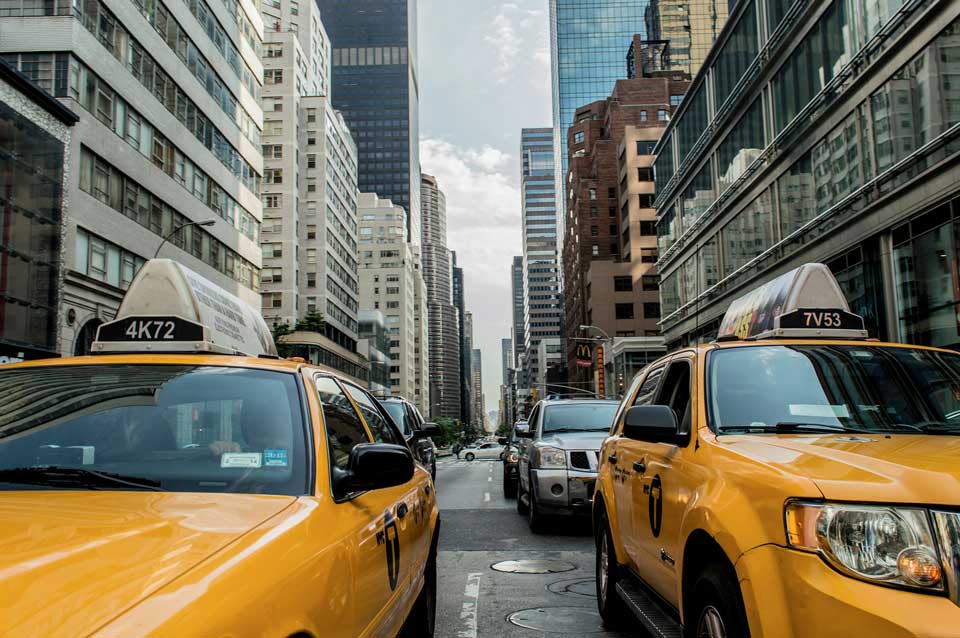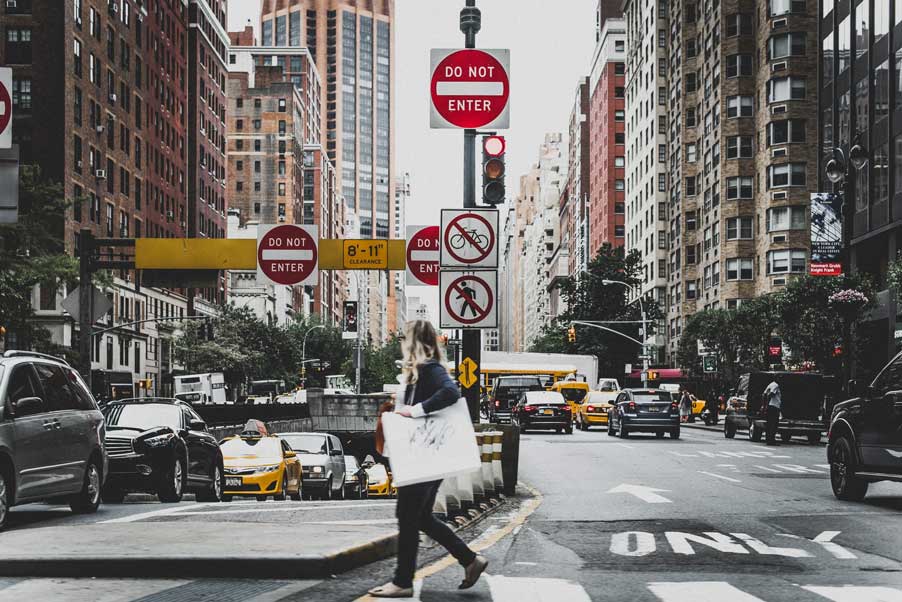Technology That Lets Vehicles “Talk” to Each Other May Prevent Crashes
Many new cars today have sensory capabilities well beyond the cars of even five or ten years ago. Cars with automatic braking can stop when sensors detect an imminent crash threat. Most new vehicles come standard with a small camera to allow drivers to back up safely. Some cars even park themselves. All of these […]

August 9, 2017

Many new cars today have sensory capabilities well beyond the cars of even five or ten years ago. Cars with automatic braking can stop when sensors detect an imminent crash threat. Most new vehicles come standard with a small camera to allow drivers to back up safely. Some cars even park themselves.
All of these new features are made possible because of technology that allows vehicles to “see” and understand their surroundings. Now, the U.S. Department of Transportation (USDOT) wants to take sensory technology one step further and allow vehicles to “talk” to one another on the road to avoid collisions.
Vehicle-to-Vehicle (V2V) Communications Technology

USDOT released a Notice of Proposed Rulemaking (NPRM) in December 2016 that announced that the government’s plan to mandate V2V communication technology for “new light vehicles and to standardize the message and format of V2V transmissions.”
The nearly four-hundred-page document outlined a plan for new light vehicles to comply with the new standard within three to five years of the proposal becoming a final rule. That could be as early as 2023.
Autotalks, an Israeli company, is already leading the industry with its V2V communications technology. A provider of V2V technology to cars, Autotalks is looking at expanding to motorcycles. Recently, it partnered with Germany-based Bosch to attempt to track nearby vehicles and alert motorcyclists of imminent collisions, even if the approaching vehicle isn’t in view.
The new motorcycle technology will be Wi-Fi-based. Currently, it will use visual and auditory alerts to let a rider know about a potential threat. If a threat is unavoidable, it can tip the rider.
The technology can also be reversed and applied to other vehicles to alert them to the presence of motorcycles. Bosch has estimated that such technology could prevent a third of all motorcycle accidents in Germany.
Since the technology would be used on Wi-Fi, even pedestrians or bicyclists could likely download the tech in the form of an app and alert cars to their presence while they ride around town or cross the street.
However, such technology could only work as predicted if all vehicles carry the same technology—which brings us back to the USDOT’s NPRM trying to mandate just that.
How V2V Communications Technology Would Work in the US

While Autotalks and Bosch focus on their Wi-Fi-based system, the USDOT outlines in its NPRM that the US will use dedicated short range communications (DRSC) for their V2V communications technology.
Before you start worrying about your vehicle being hacked once this technology is standard, you should know that DRSC is much more secure than a typical Wi-Fi network. Also, V2V communications technology doesn’t exchange any information that can be linked to an individual. USDOT’s NPRM also requires thorough security and privacy controls in all V2V devices.
How Connected Cars Affect Traffic Safety

V2V communications technology will help create what are typically referred to as “connected cars,” or cars that not only sense their surroundings, but communicate with them. We could start seeing the effects of “smart traffic” as early as 2023.
So how do connected cars affect traffic safety? Not only do they sense other vehicles and help drivers avoid collisions, but they can also communicate with stoplights and other surroundings to help keep the driver safe. Think of the Opticom used by the local Fishers fire department to change stoplights so firetrucks can pass through intersections safely without losing speed. A connected car won’t be changing stoplights to its driver’s advantage anytime soon, but it will be communicating with the outside world in a way that helps keep more people safe.
Because connected cars will process a lot of data every single trip, it makes sense for someone to collect and analyze it. IBM analyzed the braking, acceleration, and location data from a pilot program for connected cars out of a small city in the Netherlands. They found that the data could be easily used to discover and fix road network issues by the government.
Help from an Indiana Car Accident Attorney
V2V communications technology is still in the future for at least five or six years. Until connected cars hit the road, we’ll have to rely on our own senses to try to avoid car accidents.
But sometimes that still isn’t enough. The reckless driving of someone else can cause an accident, no matter how careful you are as a driver personally. If you’ve been injured in an Indiana car accident, Hensley Legal Group can help. Call us today or contact us online for a free case review.